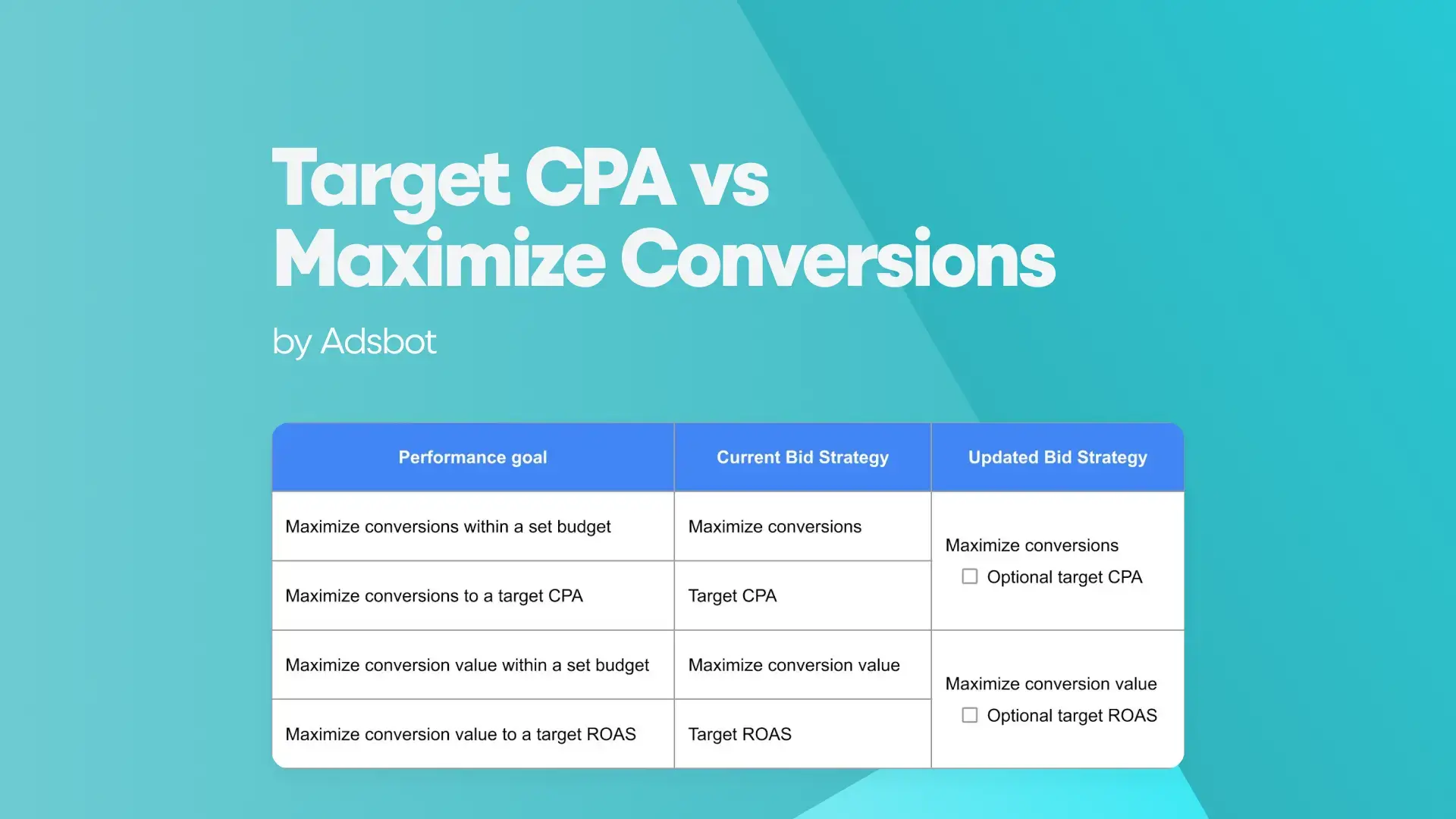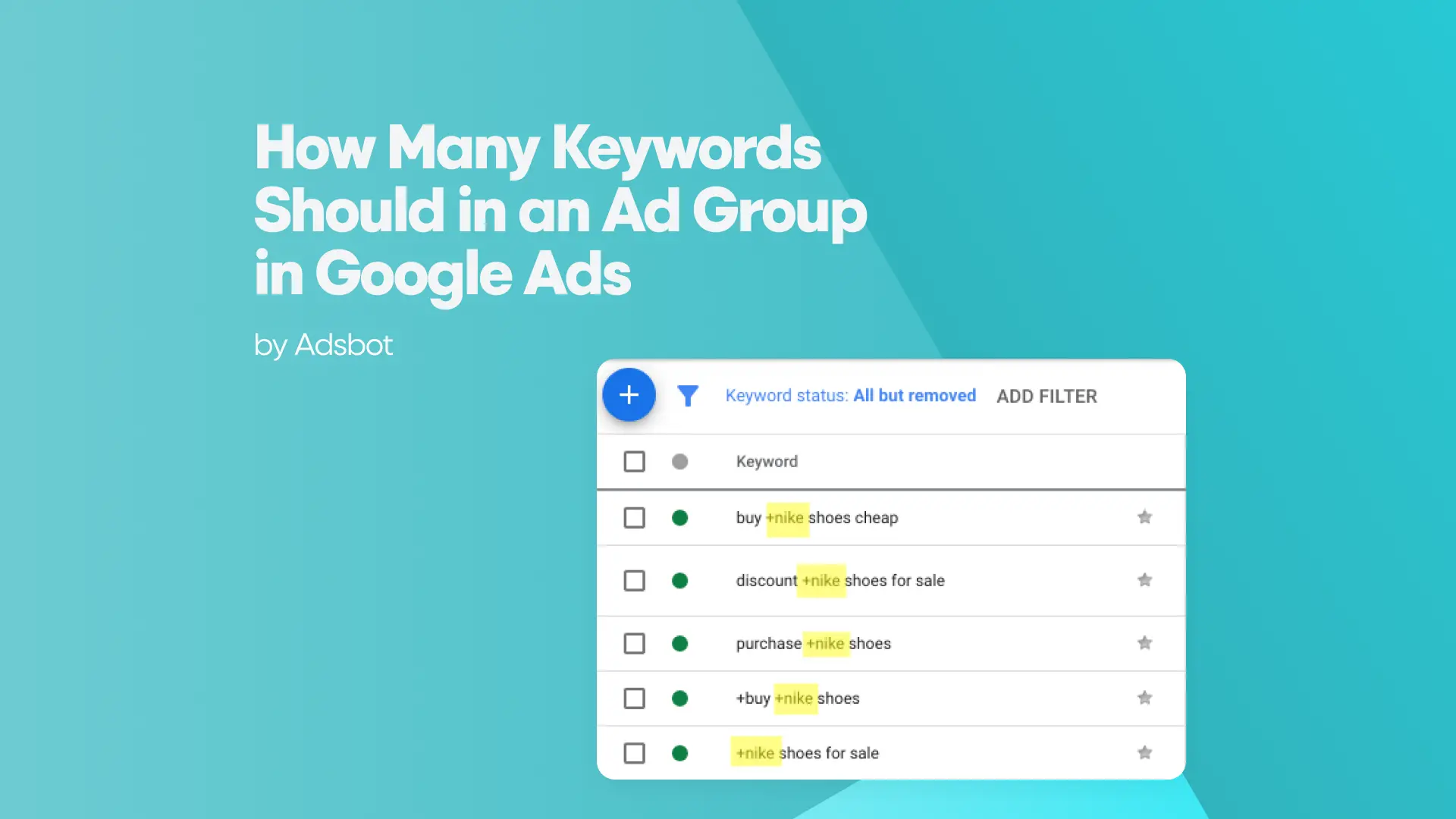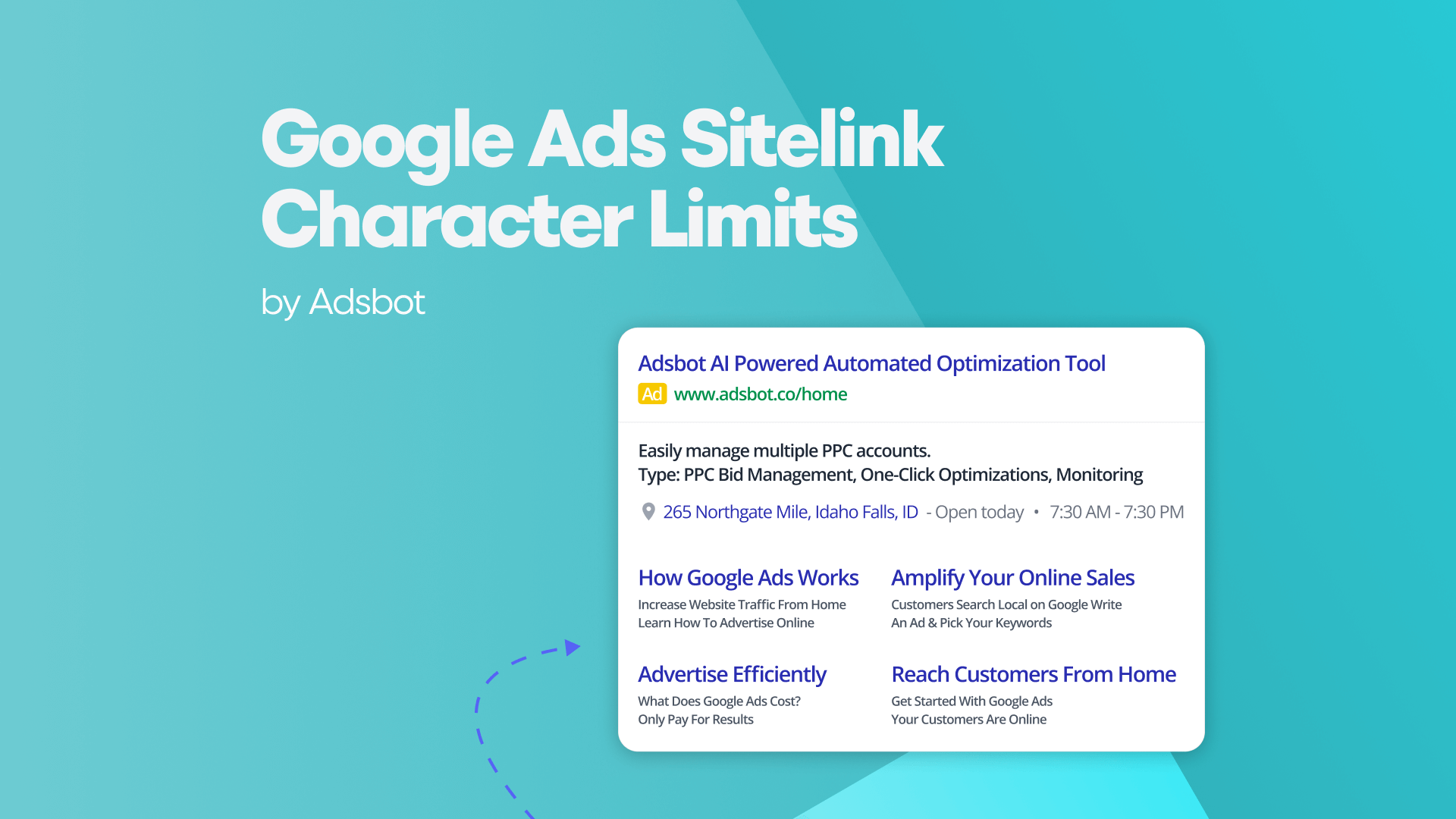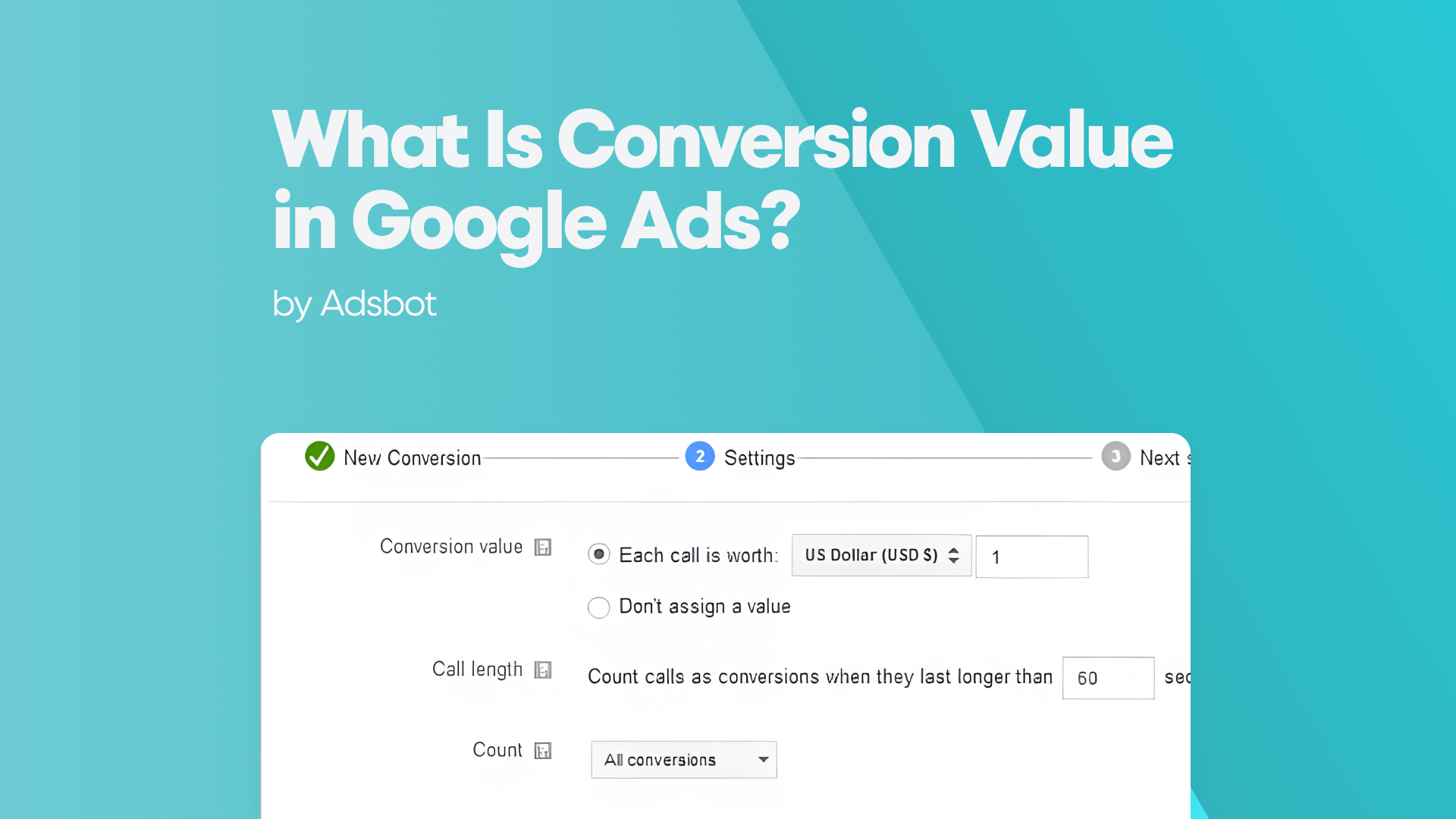Ever feel like your Google Ads budget is a runaway train, and you’re just hoping for the best when it comes to results? When you dive into Google Ads, you’ll quickly encounter powerful bidding strategies like Target CPA and Maximize Conversion, but how do you know which one will steer you towards your goals? Understanding the crucial differences between these two options is the key to taking back control and making your ad spend work smarter for the conversions you need. In this guide, we’ll break down Target CPA versus Maximize Conversions, helping you decide which approach is the perfect fit for your advertising strategy. Keep reading to stay ahead of competitors!
What is Target CPA?
To answer the questions of “What is Target CPA?” or “What is Target CPA in Google Ads?” one should know that advertisers possess the capability to establish a pinnacle of admissible CPA (Cost Per Acquisition) through the utilization of the target CPA bidding technique. The utilization of Target CPA within Google Ads is an exemplary attribute that employs intricate machine learning algorithms to dynamically enhance bids, with the ultimate objective of attaining the desired cost per acquisition for the advertiser.
The algorithm’s meticulous analysis of historical data and user behavior enhances the optimization of bids, thereby augmenting the probability of attaining the desired Cost Per Acquisition (CPA) target. Marketers with a fervent desire to optimize conversions within the constraints of a predetermined budget shall discover that the utilization of Target Cost Per Acquisition (CPA) proves to be an exceedingly advantageous instrument. Understanding what is conversion value is essential for effectively measuring the return on investment and ensuring that marketing efforts align with business objectives.
What is Maximize Conversions?
Google Ads provides other bidding strategies, like Maximise Conversions. This strategy aims to have maximum conversions within a specified budget, as its name suggests. By selecting Maximise Conversions, advertisers may allow Google’s algorithms to determine optimal bids for increasing conversions while minimizing the cost per acquisition. Marketers who aren’t limited by a fixed cost per acquisition might greatly benefit from adopting this tactic.
What is the Difference Between Target CPA vs Maximize Conversions?
Advertisers have more discretion over their campaigns when using Target CPA as opposed to Maximize Conversions. Target CPA Google Ads allows marketers to better manage their advertising budgets and the efficacy of their campaigns by allowing them to set a desired cost per acquisition. Companies that have a set goal for their cost per acquisition will benefit from using this strategy.
Instead, Maximize Conversion Google Ads seeks to maximize conversion value while staying within a set budget. These ads put a premium on getting as many conversions as possible rather than worrying about the cost per acquisition. If your company’s goal is to boost its conversion rate without being limited by a fixed cost per acquisition (CPA), Maximise Conversions may be the way to go. The procedure of optimization also differs. Target CPA optimizes bids based on past performance and machine learning to hit a target cost per acquisition, whereas Maximise Conversions prioritizes conversion growth above all else.
The advertising goals and available budget will dictate whether Target CPA or Maximise Conversions is the better option. Google Ads Target CPA is a good option if you want to regulate your advertising budget more closely and reach a certain cost per acquisition. You should select Maximise Conversions if you want Google to automatically set your bids in exchange for a higher conversion volume. You need to weigh the benefits and drawbacks of each bidding technique against your campaign’s aims to make a well-informed conclusion.
What is Maximize Conversions Using Target CPA?
Now, what about maximizing conversions using On Target CPA? This takes the best of both worlds. You still set a target CPA, but the system also tries to maximize conversions within that target range. Pretty handy!
How Many Conversions to Use Target CPA?
Finally, how many conversions do you need for Target CPA to work well? The more data, the better! Most experts recommend at least 15 conversions per week to leverage Target CPA effectively. Hope this rundown gives you a better handle on picking the right bidding strategy for your Google Ads goals! Let me know if you have any other questions.
When you use Target CPA, having enough historical conversions for Google to learn from is key. Google says you require at least 15-30 conversions in the past 30 days to make Target CPA work. This gives their algorithm the info it needs to optimize bids based on past performance and predict if you’ll get a conversion.
FAQ
Is target CPA better than maximizing conversions?
Whether Target CPA or Maximize Conversions is better depends on what you’re trying to accomplish with your campaigns. If you have a specific target cost per acquisition in mind and want control over your spending, Target CPA is the way to go. Maximize Conversions focuses more on getting the most conversions within your budget, but doesn’t guarantee a specific cost per acquisition.
When should I use Target CPA?
Consider using Target CPA when you have a specific cost per acquisition goal and want to maximize conversions while staying within that target cost. This strategy works best for businesses that have historical data and conversions they can use, so Google Ads can optimize bids effectively.
They are both powerful bidding strategies, but they have different purposes. Choosing between them should depend on your specific campaign goals, historical data, and how much control you want over your ad costs. Understanding how these strategies work and differ is key to running successful and cost-effective ad campaigns.
What is a Good Target CPA for Google Ads?
Wondering what is a good target CPA for Google Ads? Think of it as aiming for the bullseye on a target that keeps sliding with market forces. Fresh 2025 agency-side benchmarks put the median cost-per-conversion at $34.61, a handy all-industry “good enough” baseline if you’re running typical search campaigns. But a smart play is to set your initial Target CPA roughly 10–20 % above your recent 30-day average, then ratchet it down as Smart Bidding learns and stabilizes. Keep industry context in view- roofing campaigns routinely clear $141, while attorneys hover near $62. So, a “good” Target CPA is ultimately the one that leaves room for profit after the sale.
Popular Posts
-
How Many Keywords Should Be In an Ad Group in Google Ads?
Ever wondered if your Google Ads campaigns are packed with…
Read more -
Google Ads Script for Dummies: An Introduction
Imagine you have an e-commerce website that sells licensed superhero…
Read more -
Google Ads Sitelink Character Limits
Your Google Ads are cutting off in the middle of…
Read more -
What Is Conversion Value in Google Ads?
What if you could put a price tag on every…
Read more
Register for our Free 14-day Trial now!
No credit card required, cancel anytime.






